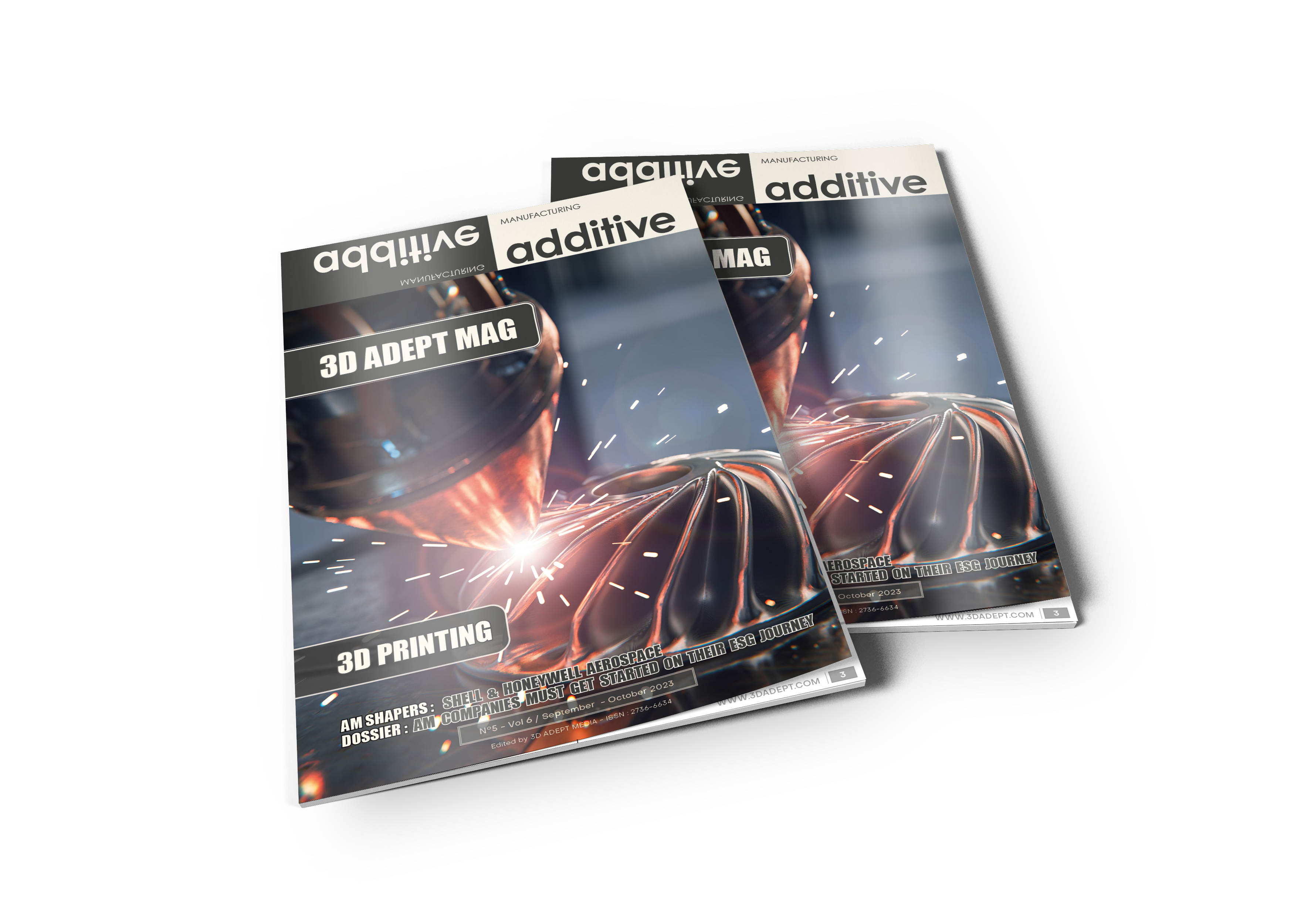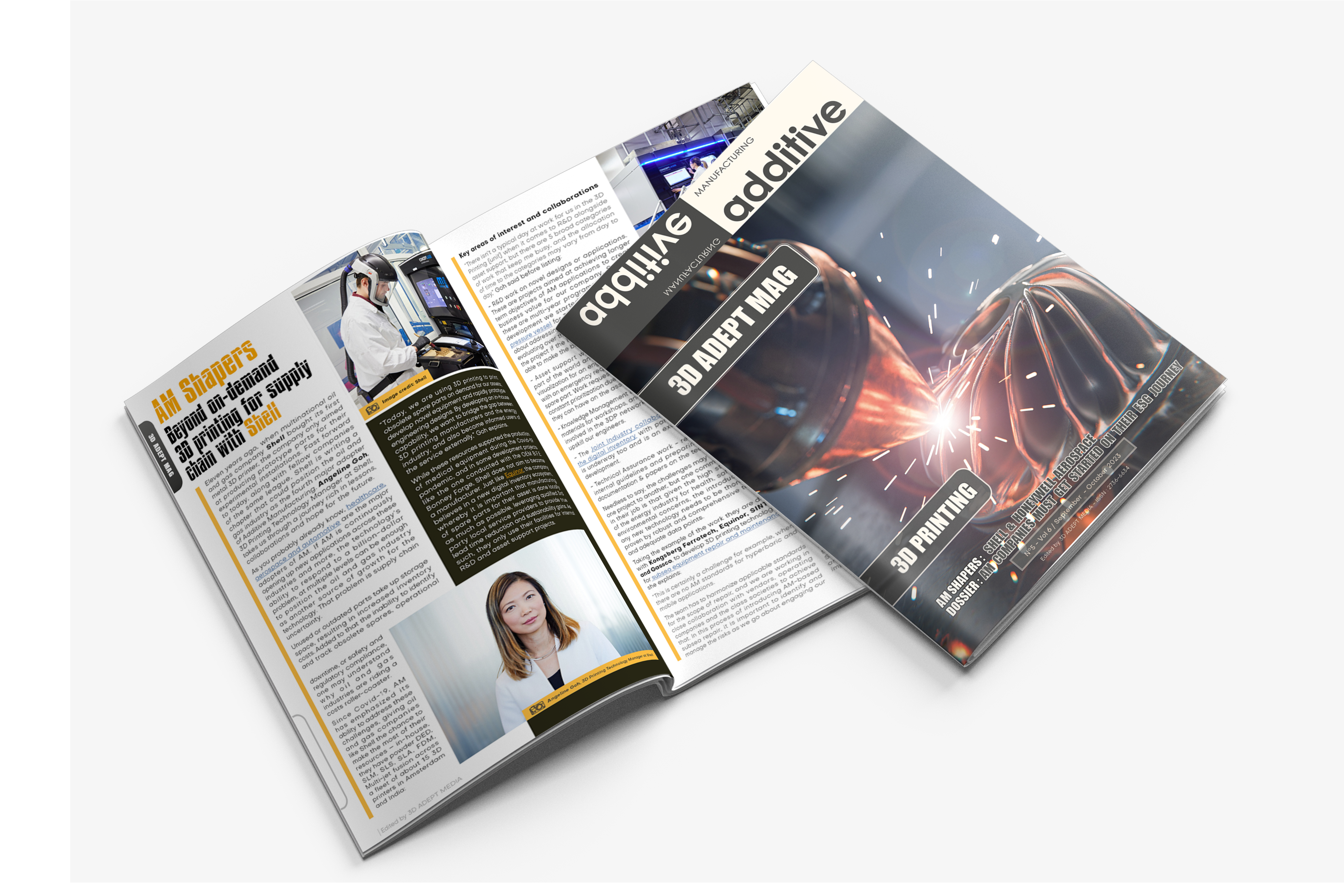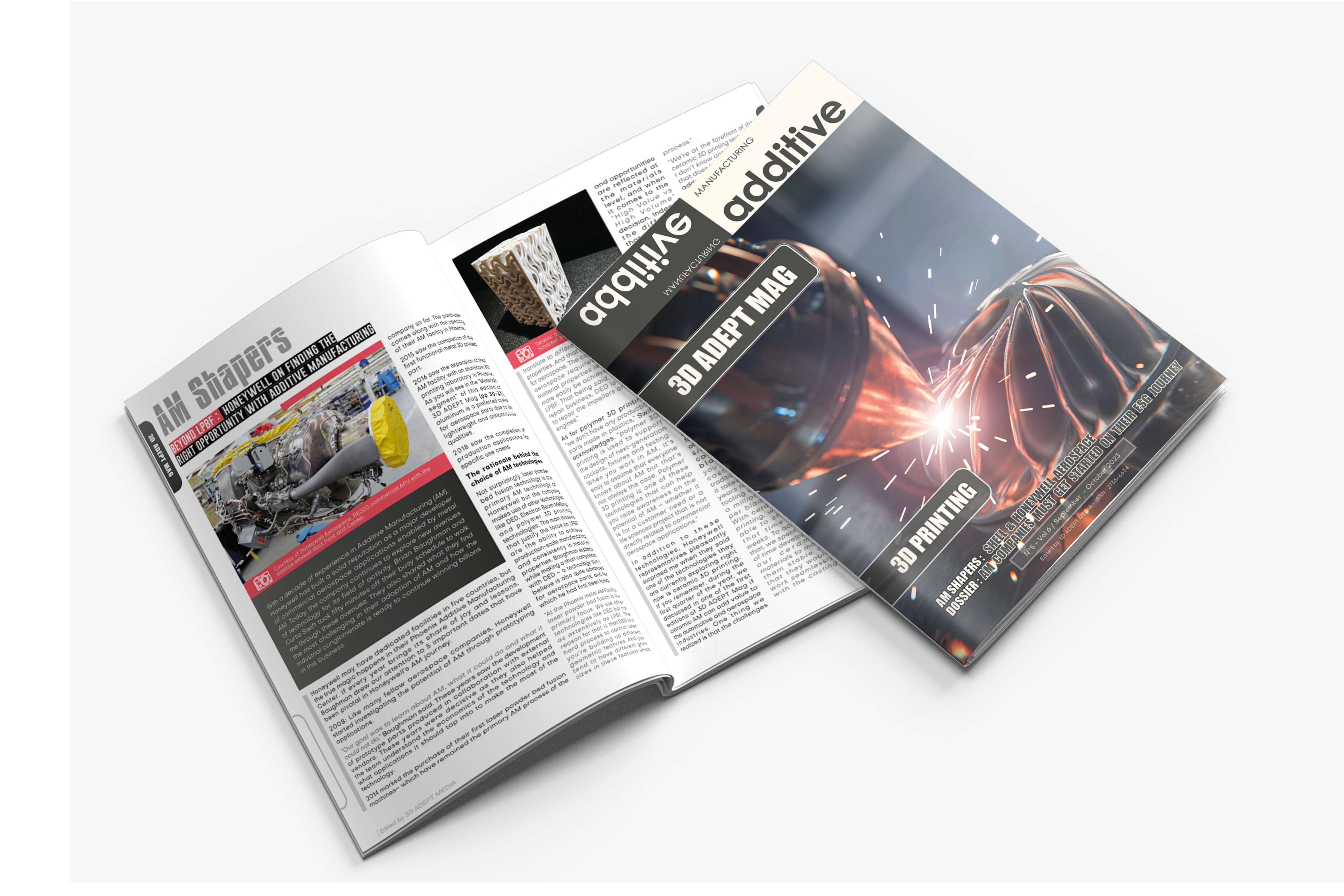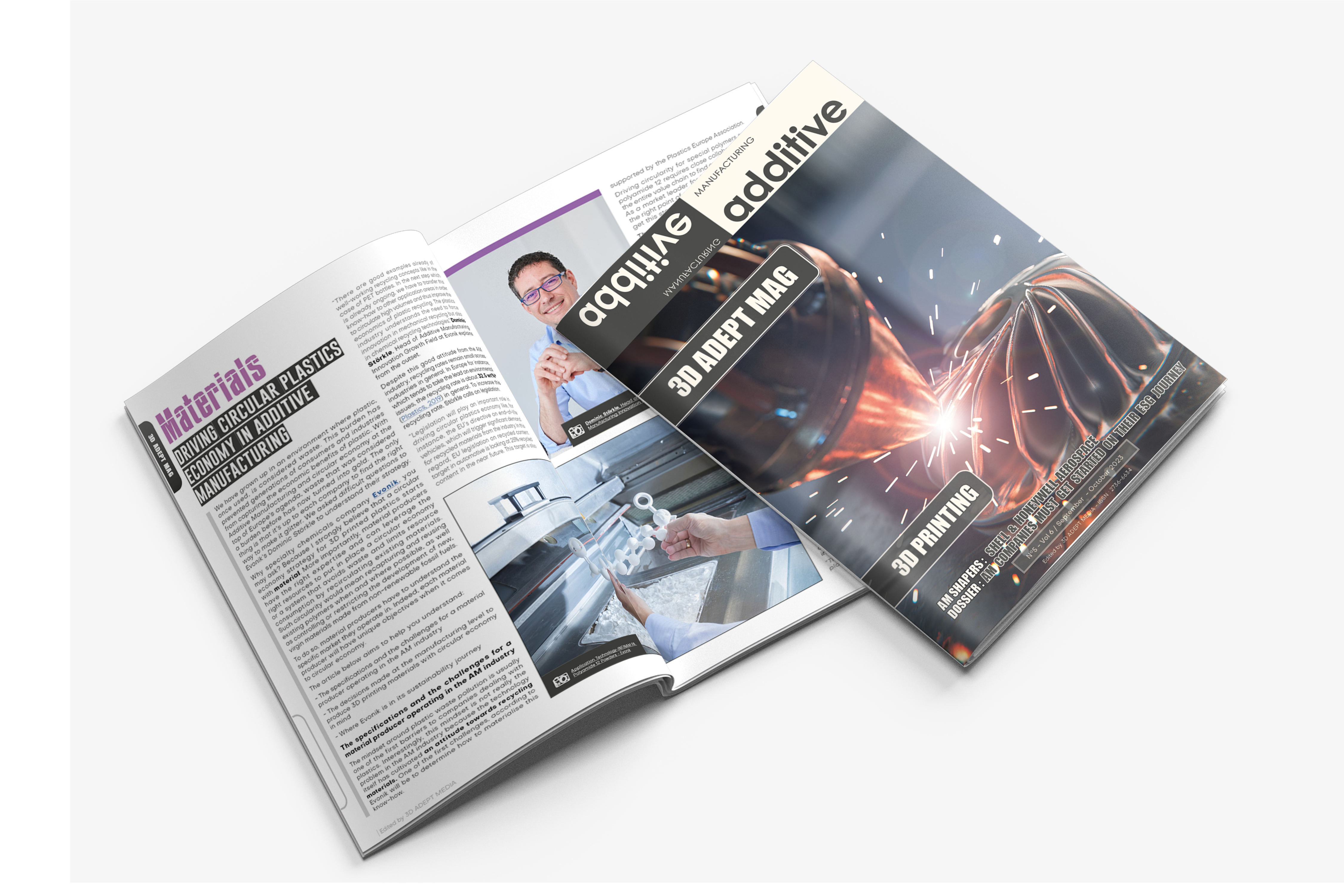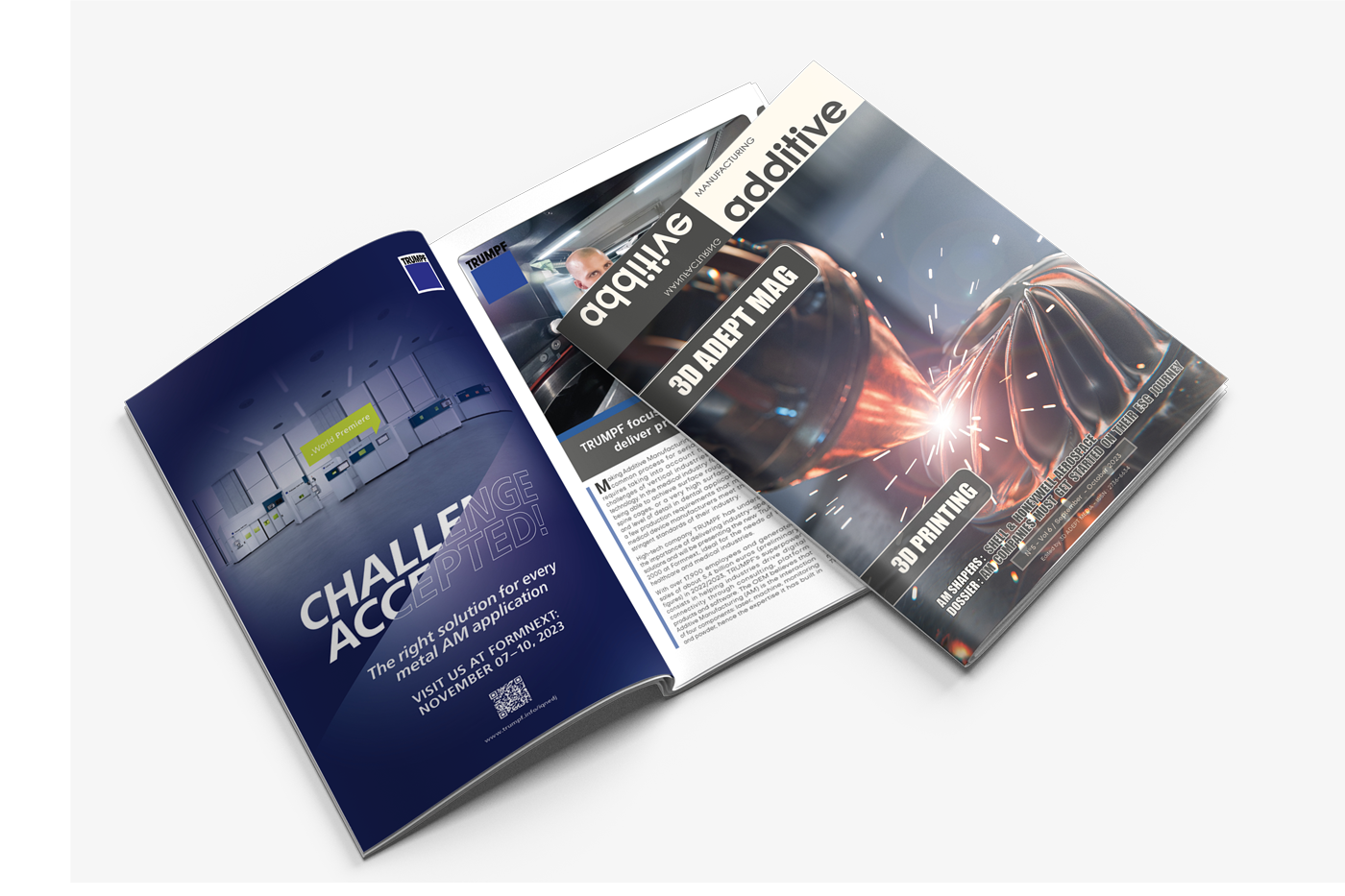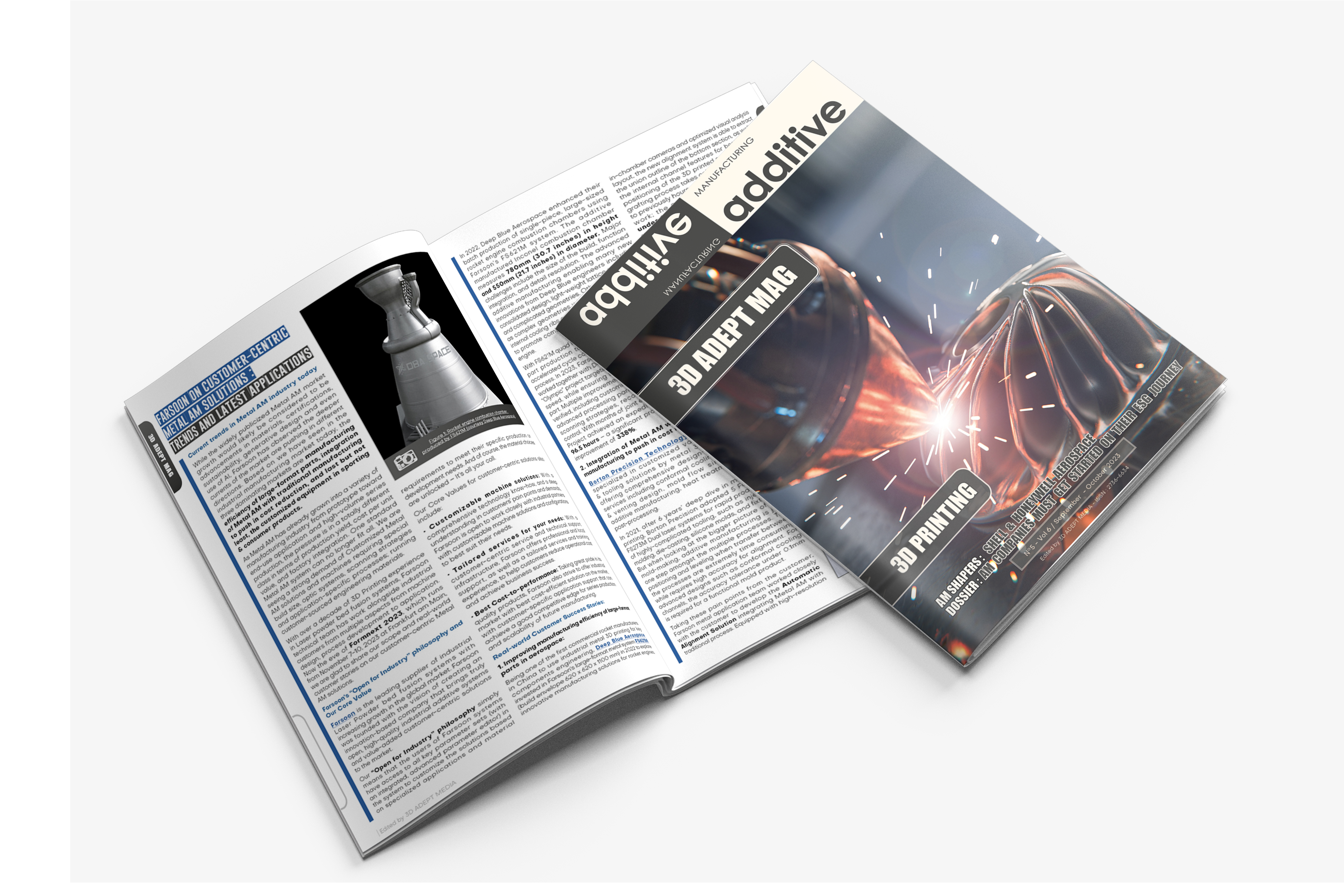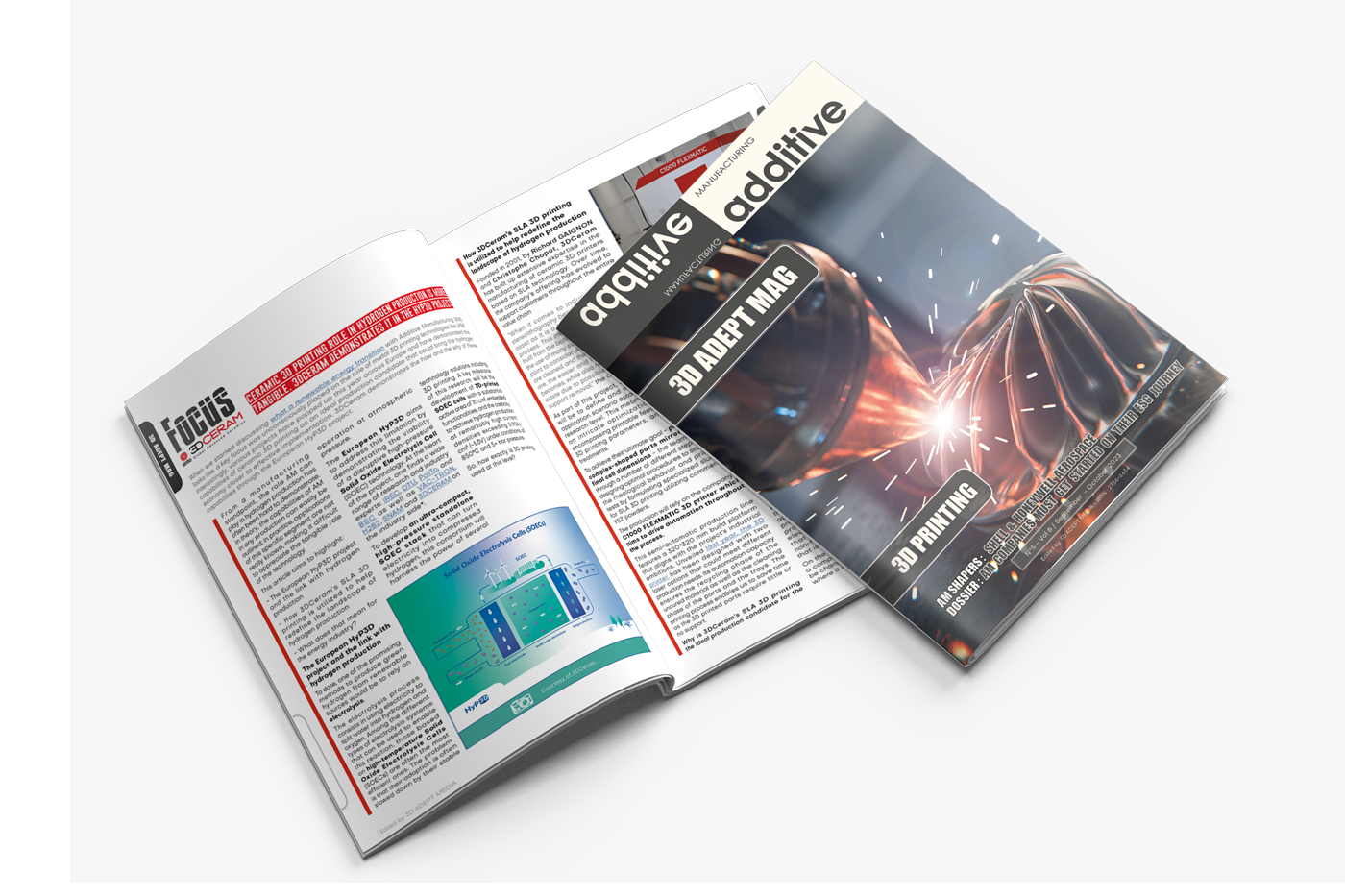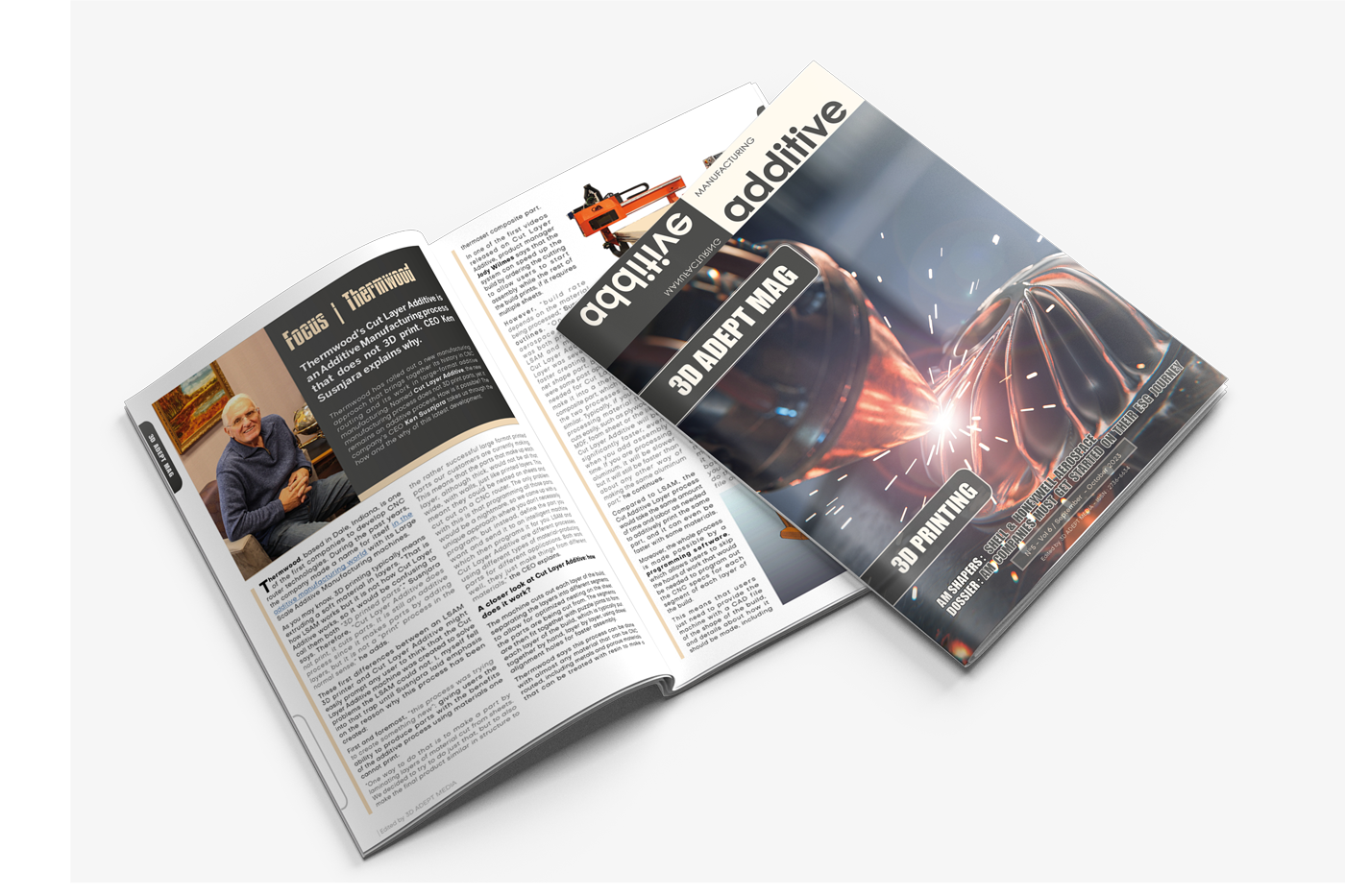Download the September/October edition of 3D ADEPT Mag
There are a couple of things that we have realized since the latest edition. First, a lot of efforts are focused on “Environment” when approaching sustainability in the AM industry whereas it should be a well-thought-out strategy that encompasses “Social” and “Governance” aspects. Moreover, companies that are already engaged in this journey sometimes approach climate and emissions, biodiversity and supply chain, social and DEI matters separately, with different teams reporting on their specific areas despite them being inextricably linked.
This September/October edition of 3D ADEPT Mag questions everything – again. It goes back to the basics of what companies should know at the legislation level and how legislation may affect their business. It highlights what companies have done during the past year and strives to demonstrate that a sustainability strategy is much more than carbon footprint calculation, incremental targets and offsetting. More importantly, it recognizes that it should be about securing long-term business resilience alongside creating profit, thus generating wider value for society and the planet.
Lastly, it’s an issue that urges AM companies to never stop asking questions, whatever stage they are at in their journey.
Exclusive features


